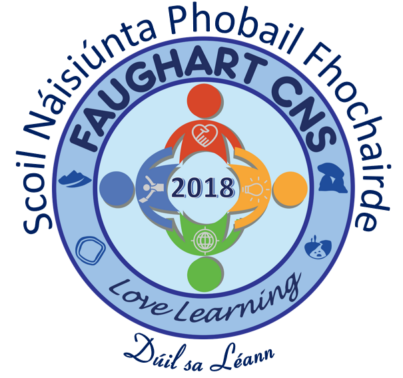Room 1
Phonological awareness
Word awareness
Who lives on Drury Lane.
2. Syllables
Help your child to count the number of syllables within a word by clapping each beat. Syllables usually follow a vowel rule.
Whereby the number of vowels a, e, i, o, u in a word match the syllables.
The number of vowel pairs ai, ee, ie, ou, ue etc. in a word match the syllables.
Muffin Muffin Muf-fin
The word “muffin” has 2 syllables in it or is made up of 2 syllables.
Egg Hotdog Potato Cauliflower
Egg Hot-dog Po-ta-to Cau-li-flow-er
1 2 3 4
Heart word activities
Heart words or sight words include those words found most frequently within our reading and writing. The majority of these cannot be decoded and should instead be memorised or learned by heart. Readers need to be able to recognise, read, and understand them almost immediately upon seeing them.
Below is a list of activities or exercises that can be used to practice the various flashcards
Word swat
A fly swatter, spade or even a wooden spoon could be used to “splat” or hit the heart word flashcards. You could say “Can you find, the word ‘we’ and your child would splat ‘we’ using a similar tool to those named above.
I spy
Make a tricky word hunt by sticking different heart words around a room and allowing your child to search and subsequently identify them as they spot them. Telescopes could be made using toilet rolls etc.
Prompts can also be provided such as “I spy a heart word beginning with ‘w'”.
Search for heart words within books or on the back of food packaging.




